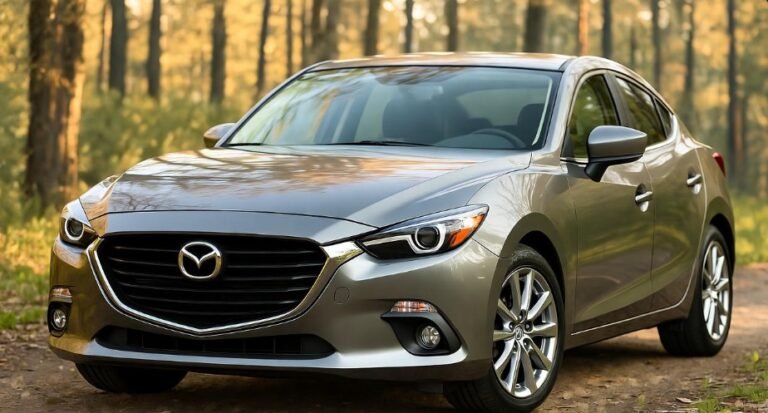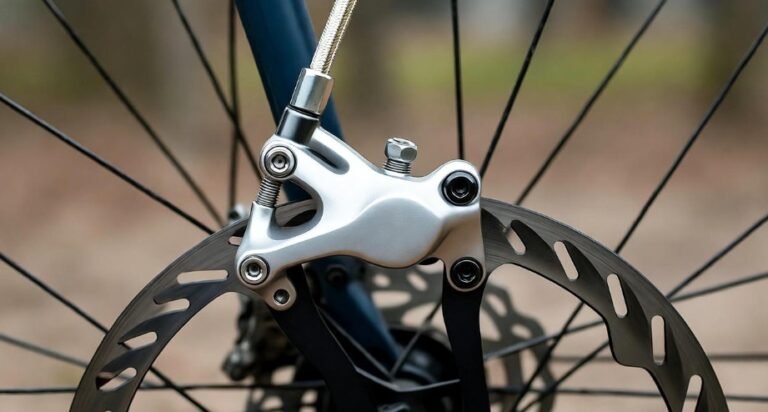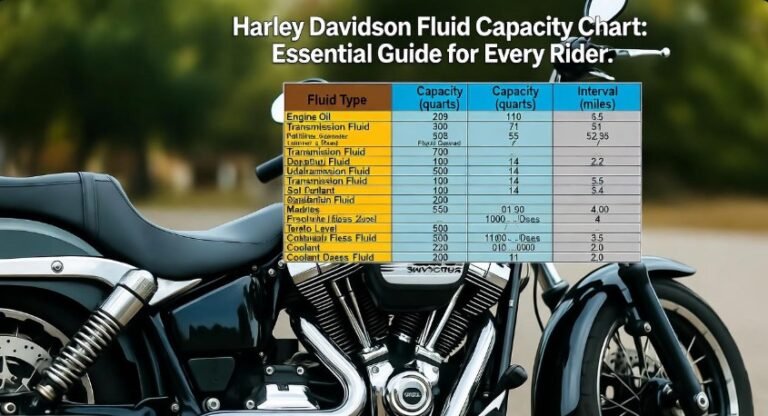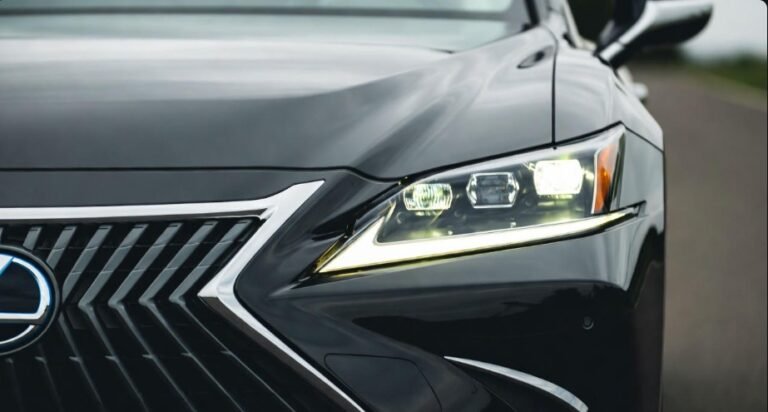The Best Years for Ford Fusion: A Friendly Guide
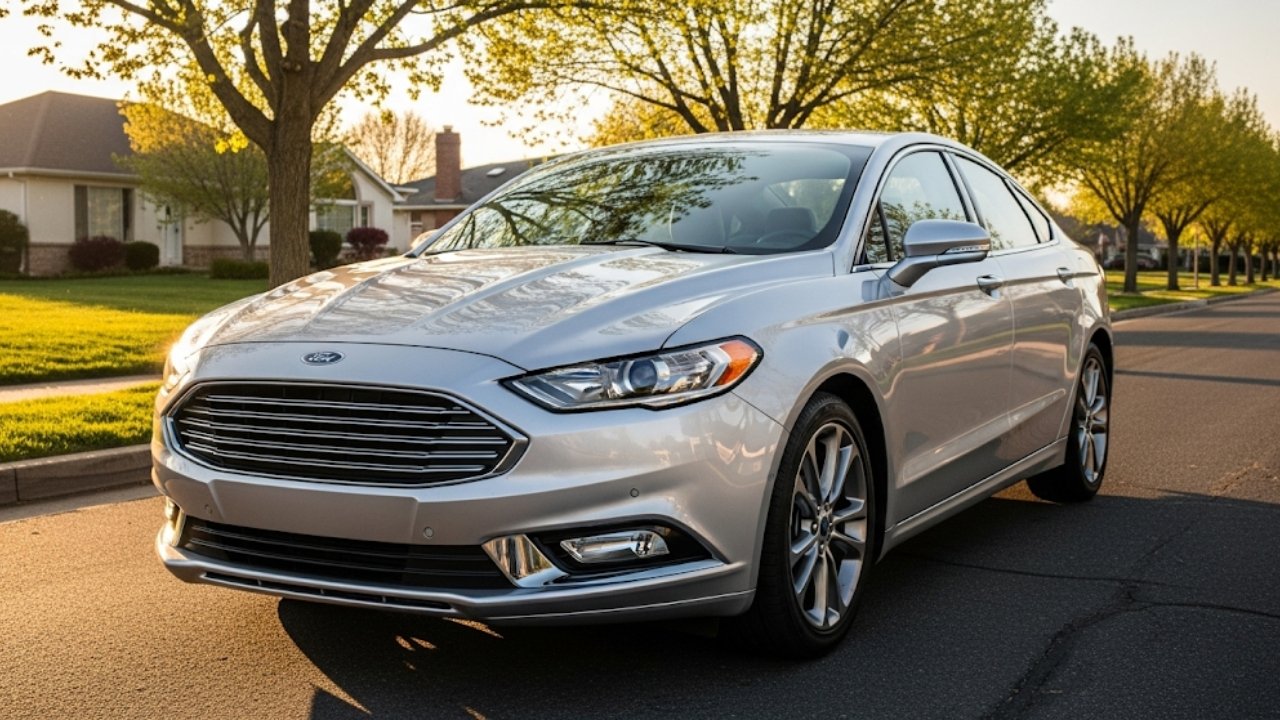
Let’s be honest—most of us don’t wake up excited about buying a mid-size sedan. But if you’re looking for a car that checks all the right boxes—reliability, comfort, affordability, and style—the Ford Fusion quietly rises above the noise.
This isn’t just another boring sedan. It’s one of those cars that grows on you the more you drive it. It’s like that underrated band your friend recommends, and suddenly, you can’t stop listening.
Now, if you’re asking “what are the best years for Ford Fusion?”, you’re already a smart shopper. Some years shine brighter than others. Some had mechanical hiccups, while others gave drivers years of smooth rides and happy memories.
In this guide, we’ll explore the top Ford Fusion years, share real insights, break down key features, and help you make a decision that you’ll thank yourself for later.
In This Article
- 1 A Quick Look at Ford Fusion’s Journey Over the Years
- 2 ✅ 2012 Ford Fusion: The Best of the First Generation
- 3 2016 Ford Fusion: A Near-Perfect Blend of Style and Substance
- 4 ️ 2019 Ford Fusion: The Most Polished Version Yet
- 5 Honorable Mentions: Other Great Years to Consider
- 6 Years You Might Want to Avoid
- 7 Quick Summary: Best Years for Ford Fusion at a Glance
- 8 Used Ford Fusion Buying Tips: What to Check Before You Buy
- 9 Common Ford Fusion Problems (and How to Dodge Them)
- 10 ⛽ Fuel Efficiency Comparison: Which Years Save You the Most?
- 11 Who is the Ford Fusion Perfect For?
- 12 ♂️ Frequently Asked Questions (FAQs)
- 12.1 1. What is the best year for Ford Fusion reliability?
- 12.2 2. Are Ford Fusions expensive to maintain?
- 12.3 3. Is the Ford Fusion good in snow?
- 12.4 4. Is the 2013 Ford Fusion a bad year?
- 12.5 5. Which Ford Fusion year has the best MPG?
- 12.6 6. Is the Ford Fusion being discontinued?
- 12.7 7. What’s the difference between SE, Titanium, and Platinum trims?
- 12.8 8. Can I still get parts for older Ford Fusions?
- 13 Final Thoughts: Finding Your Fusion Soulmate
A Quick Look at Ford Fusion’s Journey Over the Years
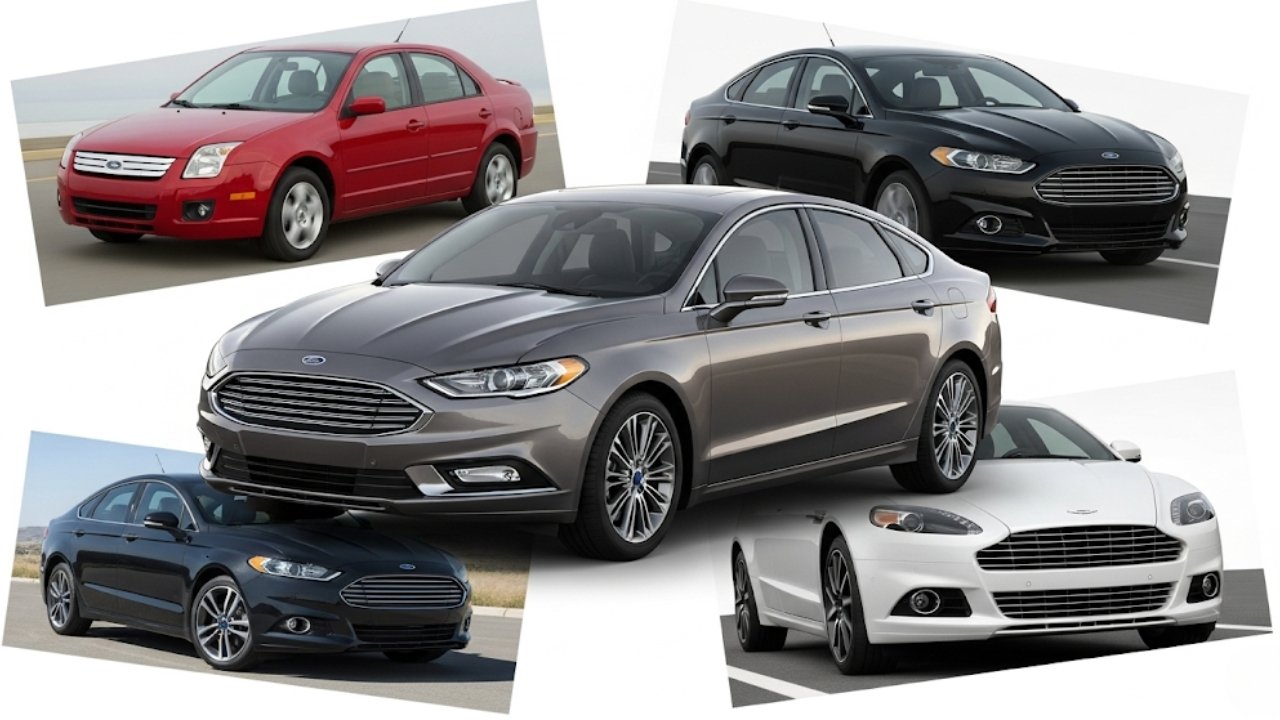
Here’s a quick timeline to help you visualize how the Fusion changed:
| Model Years | Key Highlights |
|---|---|
| 2006–2009 | First generation, clean looks, solid engines |
| 2010–2012 | Refresh with hybrid option, better tech |
| 2013–2016 | Second gen redesign, sleek & upscale |
| 2017–2020 | Polished final run, smart tech, AWD options |
Each era has its charm, but not all were created equal. Let’s explore the best years for Ford Fusion, including what makes them so memorable.
✅ 2012 Ford Fusion: The Best of the First Generation
The 2012 Ford Fusion was the swan song of the first generation—and wow, did it go out with a bang.
It’s like when a favorite TV series wraps up its last season with heart and flair. This year had that feeling of maturity—Ford had ironed out the early kinks and focused on quality.
Why 2012 Stands Out
-
Reliability: Owners report fewer mechanical issues compared to earlier years.
-
Safety: Named a Top Safety Pick by the IIHS.
-
Value: Great resale prices, especially for low-mileage models.
-
Hybrid Option: Offered impressive fuel economy.
This year feels like that old-school friend who always shows up on time, doesn’t overcomplicate things, and still has a lot of fun. It’s solid, dependable, and affordable. Whether you’re commuting or running errands, the 2012 Fusion is an excellent companion.
Real Talk: A buddy of mine grabbed a used 2012 Fusion SE for under $8,000 in 2023. He says it’s “boring in the best way”—just runs and never complains.
2016 Ford Fusion: A Near-Perfect Blend of Style and Substance
If the 2012 model was like your dependable friend, then the 2016 Ford Fusion is the stylish cousin who’s always dressed well but still grounded.
This year hits the sweet spot between price, performance, and polish.
Highlights That Make 2016 a Winner
-
Refined Interior: Premium materials, ergonomic design.
-
Tech-Friendly: SYNC 3 system, rearview camera, push-button start.
-
Fuel Efficiency: Strong MPG numbers, especially in hybrid trims.
-
AWD Option: Perfect for areas with rain or snow.
In fact, the 2016 model marked the peak of the second generation before the mild 2017 refresh. It offered everything most drivers wanted—without trying too hard.
Anecdote: My neighbor drove her 2016 Titanium model cross-country twice. She said it handled better than some new rentals she tried. Plus, the seats felt like her favorite recliner.
This is one of those cars you don’t trade in easily. You build memories with it.
️ 2019 Ford Fusion: The Most Polished Version Yet
By 2019, Ford had nearly perfected the Fusion formula. Though production would soon end (with the final model year in 2020), the 2019 Ford Fusion represents the most advanced and well-rounded version of this vehicle.
What Makes 2019 a Top Pick?
-
Driver Assist: Co-Pilot360 comes standard—lane keeping, blind-spot alerts, etc.
-
Updated Design: Sleeker grille, modern lighting.
-
Multiple Engines: Turbocharged EcoBoost or hybrid/phev options.
-
Spacious Interior: Comfortable ride for both driver and passengers.
This car felt like Ford’s love letter to Fusion fans. The company knew the end was near, so they gave it all they had.
Think of the 2019 Ford Fusion as that legendary final album by a band before they retire. It’s packed with everything that made the earlier models great—plus some extra polish.
For anyone who wants newer tech with proven reliability, this is your go-to year.
Honorable Mentions: Other Great Years to Consider
If you’re shopping and can’t find one of the top models above, don’t worry. These years also get two thumbs up:
-
2010 Ford Fusion: Great hybrid debut, improved engine lineup.
-
2013 Ford Fusion: Complete redesign, stunning looks (but watch early transmission recalls).
-
2018 Ford Fusion: Strong fuel economy, solid safety ratings.
These years are like runner-ups in a cooking competition. They might not win the trophy, but they’ll still leave you satisfied.
Years You Might Want to Avoid
Let’s be real—not every Fusion year was golden. Some had their fair share of headaches. If you want to save time and money, steer clear of the following:
Problematic Years
-
2007–2008: Transmission and brake issues were common.
-
2013 (early builds): New design, but had engine stalling and electrical bugs.
-
2014: Reports of steering and powertrain problems.
You know how some restaurants have a hit-or-miss dish? These years are like that—maybe you get lucky, but why risk it?
Quick Summary: Best Years for Ford Fusion at a Glance
Here’s a simplified breakdown to help you decide at a glance:
| Year | Why It’s Great |
|---|---|
| 2012 | Reliable, well-built, last of first-gen |
| 2016 | Stylish, tech-friendly, AWD option |
| 2019 | Most advanced, packed with safety and features |
| 2010 | Hybrid debut, solid build |
| 2013 | Gorgeous redesign, but watch for early issues |
Used Ford Fusion Buying Tips: What to Check Before You Buy
So, you’ve zeroed in on the best years for Ford Fusion—great choice. But before you shake hands with the seller or sign those dealership papers, there are some must-do checks to ensure you’re not buying a ticking time bomb.
What to Look For:
-
Service History: A well-documented maintenance record is a good sign. Avoid cars with large gaps in service.
-
Transmission Shifts: Test drive the car and feel for any jerky or delayed shifts—especially on 2010–2013 models.
-
Rust or Paint Bubbles: These tend to form around wheel wells or door edges in colder climates.
-
Electronic Glitches: Check infotainment systems, backup cameras, and any warning lights.
-
Suspension Sounds: Listen for creaks or clunks over bumps.
Buying used is kind of like dating—you want to see how the car acts under pressure, not just how shiny it looks at first glance.
Tip: Take a friend or mechanic with you. A second set of eyes (and ears) can save you from a costly mistake.
Common Ford Fusion Problems (and How to Dodge Them)
Even the best years for Ford Fusion aren’t totally immune to issues. But knowing what could go wrong—and how to avoid it—puts you ahead of the game.
Common Issues:
-
Transmission Woes (2010–2013): Many owners reported rough shifting. Always check fluid condition and service records.
-
Steering Problems (2014): There were recalls for power steering failure—make sure it’s been fixed if you’re considering this year.
-
Door Latch Failures (2013–2015): Doors not latching properly. This was widespread enough to get Ford’s attention.
Preventive Tips:
-
Stick to well-maintained vehicles—they age better.
-
Don’t ignore warning signs like smells, lights, or odd noises.
-
Use a VIN check tool to look for open recalls or accident history.
Think of car ownership like health: routine checkups can prevent a breakdown.
⛽ Fuel Efficiency Comparison: Which Years Save You the Most?
Fuel economy isn’t just about saving money—it’s about saving time at the gas station and reducing your carbon footprint.
Let’s compare how different Ford Fusion years stack up:
| Model Year | Engine Type | City/Highway MPG |
|---|---|---|
| 2012 Fusion SE | 2.5L I4 Gas | 23 / 33 |
| 2016 Fusion Hybrid | 2.0L I4 Hybrid | 43 / 41 |
| 2019 Fusion Energi | Plug-In Hybrid | 103 MPGe (electric) |
| 2010 Fusion Hybrid | 2.5L Hybrid | 41 / 36 |
| 2013 Fusion Titanium | 2.0L Turbocharged | 22 / 33 |
So if you’re all about fuel savings, 2016 and 2019 hybrid or plug-in versions are your golden tickets.
Who is the Ford Fusion Perfect For?
The Ford Fusion isn’t just a car—it’s a match made for specific types of people. Here’s a light-hearted guide to help you see where you fit.
First-Time Drivers
It’s safe, affordable, and easy to handle. The 2012 or 2016 SE trims are great for high schoolers or college students.
Commuters
Need a fuel-sipping, reliable workhorse? The 2016 or 2019 hybrids will be your best friend.
Snowy Area Residents
Looking for AWD? The 2016 Titanium or 2019 SE with AWD options will keep you planted during winter.
Family Folks
Roomy back seats and great crash test ratings make the 2019 Fusion ideal for small families.
♂️ Frequently Asked Questions (FAQs)
1. What is the best year for Ford Fusion reliability?
The 2012 and 2016 models are widely praised for their low maintenance issues and long-term reliability.
2. Are Ford Fusions expensive to maintain?
Not really. Compared to other sedans, Fusion maintenance is affordable. Annual upkeep averages around $500–$600, depending on the year and condition.
3. Is the Ford Fusion good in snow?
Yes! Especially the AWD models (available from 2013 onward). The 2016 and 2019 AWD trims offer solid grip in winter.
4. Is the 2013 Ford Fusion a bad year?
Not necessarily bad, but it had some early transmission and electrical issues. If you go for it, choose a late 2013 build with recall work done.
5. Which Ford Fusion year has the best MPG?
The 2019 Fusion Energi plug-in hybrid leads the pack with up to 103 MPGe combined. For non-electric, the 2016 hybrid gets excellent gas mileage.
6. Is the Ford Fusion being discontinued?
Yes. Ford ended production after the 2020 model year to focus more on SUVs and trucks. But used Fusions are still widely available and in demand.
7. What’s the difference between SE, Titanium, and Platinum trims?
-
SE: Standard with good value.
-
Titanium: More luxurious, better tech.
-
Platinum: Top-tier trim, full bells and whistles.
8. Can I still get parts for older Ford Fusions?
Absolutely. Fusion parts are easy to find thanks to its popularity. Whether OEM or aftermarket, maintenance won’t break the bank.
Final Thoughts: Finding Your Fusion Soulmate
Picking the best years for Ford Fusion isn’t just about stats or reviews—it’s about what feels right for you.
If you want something reliable and straightforward, the 2012 model is your match.
If you prefer something tech-savvy with comfort, the 2016 model will win your heart.
And if you want cutting-edge safety and plug-in performance, the 2019 Fusion is your future-proof choice.
Buying a car is a lot like finding a good friend. You want loyalty, dependability, and the ability to grow with you. The Ford Fusion, especially from its best years, gives you all that without the ego.
Personally, I’ve driven three different Fusion models in the past decade. Each had its own personality, but they all shared one thing—they never let me down when I needed them most.
So whether you’re buying for your daily grind or weekend adventures, choosing the right Ford Fusion year could be the best decision you’ll make on four wheels.


